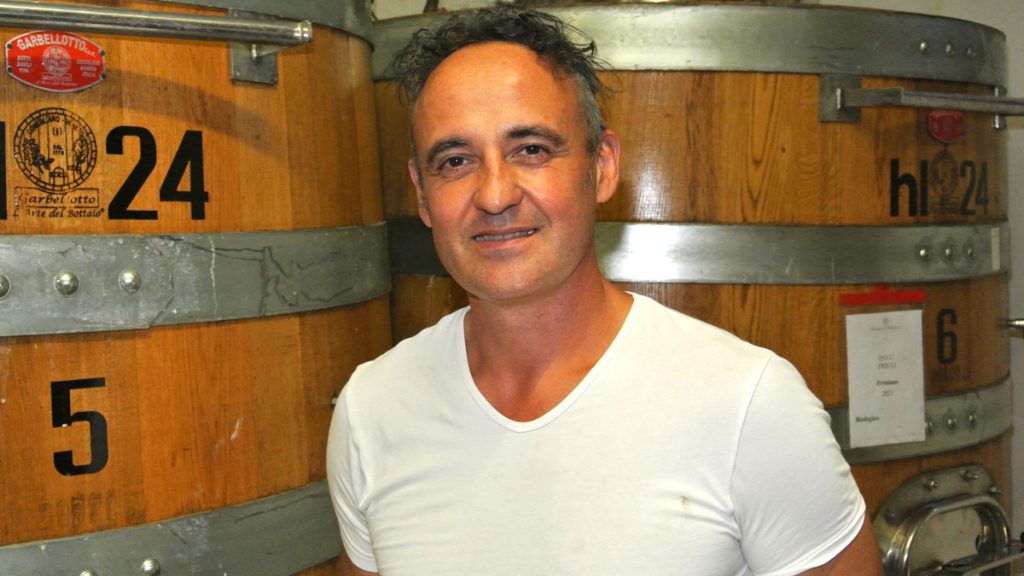
The Simon di Brazzan story started in 1913. Over the course of the past century, five generations have worked the land in Brazzano di Cormons, a small hamlet straddling the borders of Isonzo and Collio. The founder of the agricultural estate was a widow who was aided by a villager named Simon, whose name still adorns the wine’s labels. Towards the end of the 1986s, Enrico Veliscig shifted the permaculture of the estate towards pure viticulture, farming organically and working the vine until he was over 100-years-old. In 2006, the reigns were passed on to his nephew, Daniele Drius.
Inspired by the winemaking stylings of Josko Gravner and Damijan Poversic, Drius started to shift the winemaking towards a model that was more rooted in the Oslavian tradition. He enlisted the aid of Natale Favretto, an oenologist who had worked with the aforementioned, and directed Drius towards a simpler, more gentle approach to vinification. For each one of his whites, Drius effectively makes two base wines—one of which undergoes skin contact, while the other goes direct to press. The latter sees an evening of temperature-controlled maceration, whereas the former sees around twenty-five days of maceration prior to racking. After the maceration period, he blends to achieve perfect textural and varietal balance, and then allows the wines to rest throughout the winter in a cold environment so that they naturally self-stabilize. The resulting wines achieve the perfect harmony of old and new—creating wines that are textural, nuanced, and clean. Friulian varieties like Malvasia and Friulano are allowed to shine within the context of their history, as well as their moment in time—a perfect expression of the gentle, thoughtful nature of Daniele Drius.
